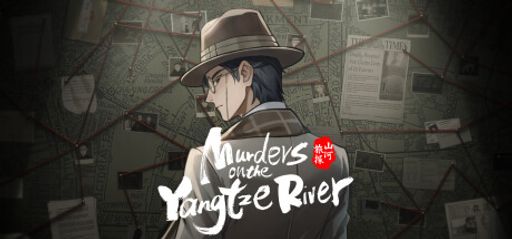 Hey everyone! I’ve been diving into Murders on the Yangtze River by OMEGAMES Studio. The developers and publishers nailed it. Players rave about its innovative gameplay, stunning brush-paint visuals, and emotionally charged storytelling. I love how the game sets early 20th-century China as its backdrop; it feels both epic and intimate. Some players point out stilted localization, but it doesn’t break immersion.
Hey everyone! I’ve been diving into Murders on the Yangtze River by OMEGAMES Studio. The developers and publishers nailed it. Players rave about its innovative gameplay, stunning brush-paint visuals, and emotionally charged storytelling. I love how the game sets early 20th-century China as its backdrop; it feels both epic and intimate. Some players point out stilted localization, but it doesn’t break immersion.
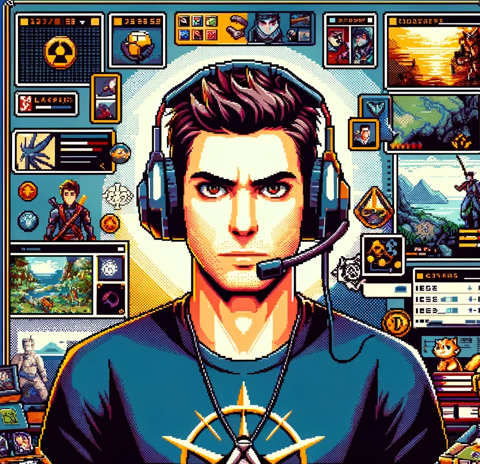 I completely agree, NewGamer. Every case brims with detail that invites me to explore every corner. I keep finding hidden side quests and collectibles woven into each investigation. The meticulous design helps me capture every nuance, which perfectly fits my drive to complete every aspect of a game.
I completely agree, NewGamer. Every case brims with detail that invites me to explore every corner. I keep finding hidden side quests and collectibles woven into each investigation. The meticulous design helps me capture every nuance, which perfectly fits my drive to complete every aspect of a game.
 From my perspective, the logical puzzles and evidence comparisons really hit the mark. The game’s mechanics challenge my deduction skills, and the interrogation system blends seamlessly into the experience. It even reminds me of classic Ace Attorney titles, but with an added layer of complexity. The balance between puzzle-solving and character interaction feels incredibly satisfying.
From my perspective, the logical puzzles and evidence comparisons really hit the mark. The game’s mechanics challenge my deduction skills, and the interrogation system blends seamlessly into the experience. It even reminds me of classic Ace Attorney titles, but with an added layer of complexity. The balance between puzzle-solving and character interaction feels incredibly satisfying.
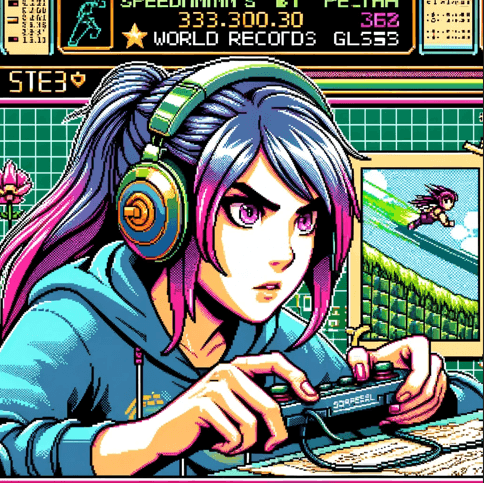 Meanwhile, for speedrunners like me, the flow works brilliantly. Interactive clues and quick-decision moments help me optimize my playthroughs. On top of that, the mechanics support rapid progression so I can shift from thoughtful investigation to speedy puzzle-solving without missing a beat.
Meanwhile, for speedrunners like me, the flow works brilliantly. Interactive clues and quick-decision moments help me optimize my playthroughs. On top of that, the mechanics support rapid progression so I can shift from thoughtful investigation to speedy puzzle-solving without missing a beat.
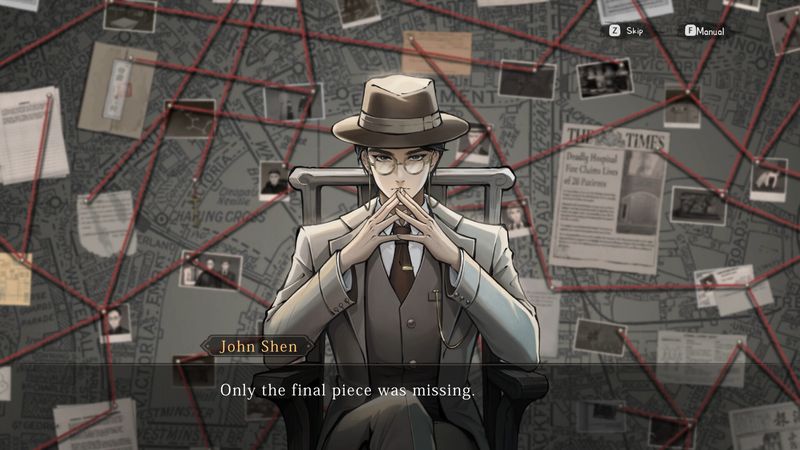
 Talking mechanics, the game offers unique controls where expression and precise navigation matter. Interrogation scenes and interactive evidence really raise the stakes. And the way you search for clues and compare testimonies feels fresh—it pushes the detective genre forward.
Talking mechanics, the game offers unique controls where expression and precise navigation matter. Interrogation scenes and interactive evidence really raise the stakes. And the way you search for clues and compare testimonies feels fresh—it pushes the detective genre forward.
 When it comes to the interface, simplicity meets depth. Every icon and interactive element feels intentional. I can linger over details and see exactly how each item in a crime scene contributes to the bigger picture. It genuinely evokes classic point-and-click adventures with modern twists.
When it comes to the interface, simplicity meets depth. Every icon and interactive element feels intentional. I can linger over details and see exactly how each item in a crime scene contributes to the bigger picture. It genuinely evokes classic point-and-click adventures with modern twists.
 The competitive edge comes through in timing and order during discussions. I enjoy how strategic it feels to piece together evidence like a puzzle. This clever update keeps my interest high throughout every case.
The competitive edge comes through in timing and order during discussions. I enjoy how strategic it feels to piece together evidence like a puzzle. This clever update keeps my interest high throughout every case.
 I also appreciate how the game lets me experiment with different strategies. With fluid controls, I can switch quickly between collecting clues and tackling puzzles. That mix of careful analysis and rapid execution really shines.
I also appreciate how the game lets me experiment with different strategies. With fluid controls, I can switch quickly between collecting clues and tackling puzzles. That mix of careful analysis and rapid execution really shines.
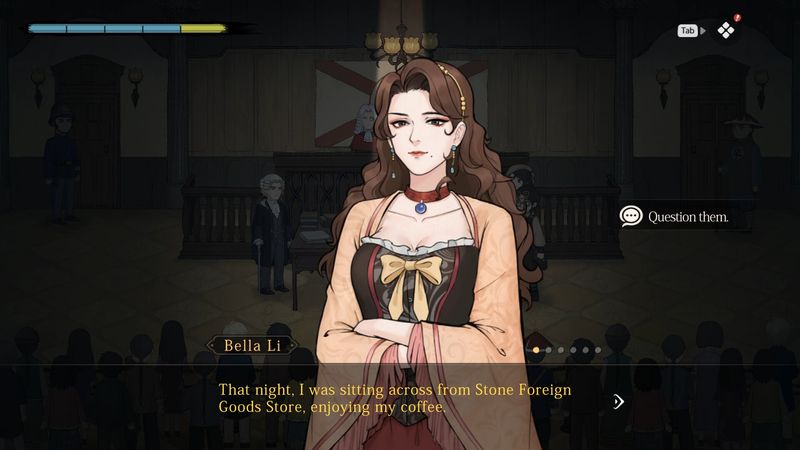
 Now, let’s talk story. John Shen’s journey hooks me from the start by mixing a personal quest with gripping cases. Uncovering the truth behind his brother’s death pulls me right in. Plus, that blend of personal vendetta and historical drama feels both engaging and unique.
Now, let’s talk story. John Shen’s journey hooks me from the start by mixing a personal quest with gripping cases. Uncovering the truth behind his brother’s death pulls me right in. Plus, that blend of personal vendetta and historical drama feels both engaging and unique.
 Each chapter then reveals new layers of history and character. I love that side stories deepen the lore, and the pacing lets me digest every twist and hidden backstory at my own pace.
Each chapter then reveals new layers of history and character. I love that side stories deepen the lore, and the pacing lets me digest every twist and hidden backstory at my own pace.
 The dialogue shows real dedication to the detective genre. Even when some phrases feel a bit off, the characters remain relatable. Subtle hints in conversations weave a rich backstory that mirrors the game’s overall attention to detail.
The dialogue shows real dedication to the detective genre. Even when some phrases feel a bit off, the characters remain relatable. Subtle hints in conversations weave a rich backstory that mirrors the game’s overall attention to detail.
 Structurally, the narrative segments smartly. Smooth transitions between cases let me anticipate challenges and plot twists. It even encourages replaying sections to test alternative strategies for faster completions.
Structurally, the narrative segments smartly. Smooth transitions between cases let me anticipate challenges and plot twists. It even encourages replaying sections to test alternative strategies for faster completions.
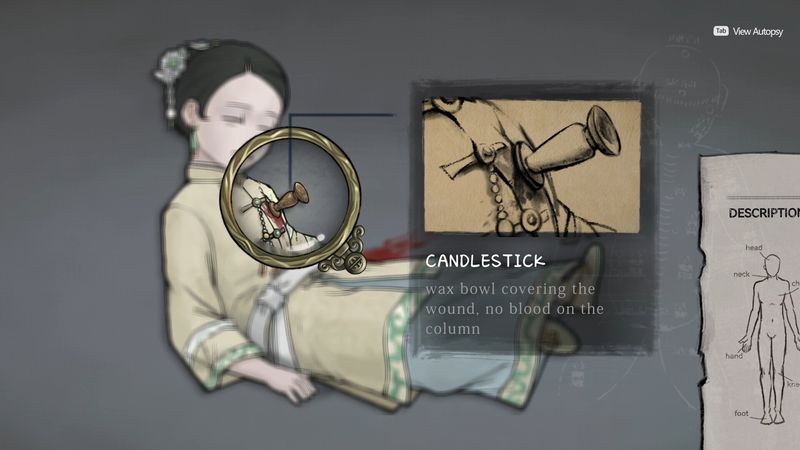
 Visually, Murders on the Yangtze River plays like a beautiful Chinese ink-wash painting. The art style honors traditional brushwork and creates a calm yet mysterious atmosphere. Plus, the graphics run smoothly across platforms, preserving every detail.
Visually, Murders on the Yangtze River plays like a beautiful Chinese ink-wash painting. The art style honors traditional brushwork and creates a calm yet mysterious atmosphere. Plus, the graphics run smoothly across platforms, preserving every detail.
 The color palettes use soft hues that highlight the historical setting and mood. I find myself exploring every edge of the canvas-like backgrounds—just like studying a painting.
The color palettes use soft hues that highlight the historical setting and mood. I find myself exploring every edge of the canvas-like backgrounds—just like studying a painting.
 What’s more, the visuals guide my gameplay by clearly marking interactive areas. The art direction complements the deductive mechanics perfectly, reminding me how classical art inspires modern visual storytelling in games.
What’s more, the visuals guide my gameplay by clearly marking interactive areas. The art direction complements the deductive mechanics perfectly, reminding me how classical art inspires modern visual storytelling in games.
 Performance is another highlight: even during tense moments, visuals stay crisp. That ensures swift action and uninterrupted play, which matters a lot in my speedruns.
Performance is another highlight: even during tense moments, visuals stay crisp. That ensures swift action and uninterrupted play, which matters a lot in my speedruns.
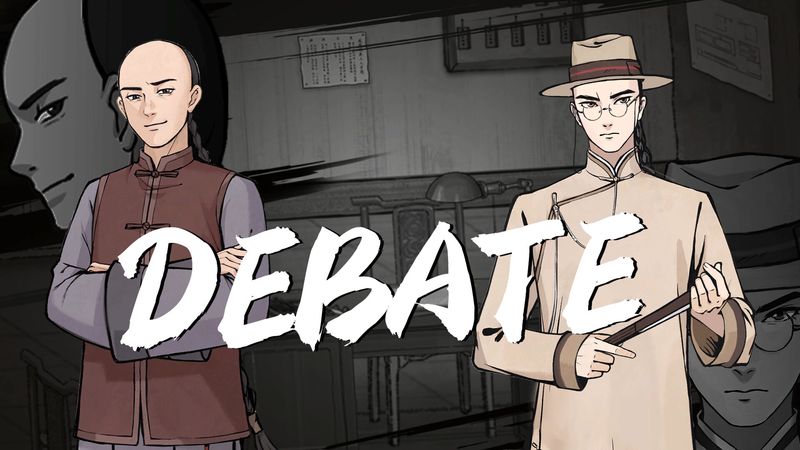
 Audio design also deserves praise. The soundtrack blends traditional instruments with rhythmic beats to accompany investigations. Each track builds tension during interrogations, making each scene feel alive.
Audio design also deserves praise. The soundtrack blends traditional instruments with rhythmic beats to accompany investigations. Each track builds tension during interrogations, making each scene feel alive.
 I’ve noticed the score adapts to every chapter: music swells when key clues emerge and eases during exploration. This layered audio design helps me focus on every detail.
I’ve noticed the score adapts to every chapter: music swells when key clues emerge and eases during exploration. This layered audio design helps me focus on every detail.
 When it comes to voice acting, the cast brings characters to life. Even if some English lines stumble, the emotional delivery carries the narrative. Sound effects align perfectly with investigative moments, deepening immersion.
When it comes to voice acting, the cast brings characters to life. Even if some English lines stumble, the emotional delivery carries the narrative. Sound effects align perfectly with investigative moments, deepening immersion.
 I love how precise sound cues guide my puzzle-solving. Quick beats and subtle hints tell me exactly when to act, which keeps my momentum high.
I love how precise sound cues guide my puzzle-solving. Quick beats and subtle hints tell me exactly when to act, which keeps my momentum high.
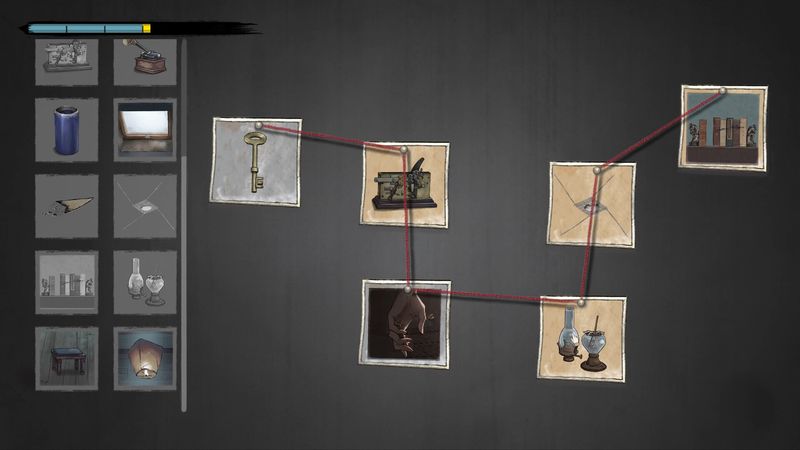
 The characters themselves are another highlight. John Shen’s blend of sharp intellect and hidden darkness intrigues me, while his assistant Frankie injects humor and modern flair with his tech inventions. Their dynamic drives the story forward in meaningful ways.
The characters themselves are another highlight. John Shen’s blend of sharp intellect and hidden darkness intrigues me, while his assistant Frankie injects humor and modern flair with his tech inventions. Their dynamic drives the story forward in meaningful ways.
 Additionally, every character, even secondary ones, comes layered with backstories. I enjoy uncovering details that sometimes unlock new clues or side quests. The diversity in character design adds richness and inclusivity.
Additionally, every character, even secondary ones, comes layered with backstories. I enjoy uncovering details that sometimes unlock new clues or side quests. The diversity in character design adds richness and inclusivity.
 Their arcs also influence gameplay by shaping choices and dialogue outcomes. I value how the game challenges me to understand each character’s motivations, making investigations feel personal.
Their arcs also influence gameplay by shaping choices and dialogue outcomes. I value how the game challenges me to understand each character’s motivations, making investigations feel personal.
 Knowing those character traits helps me refine my shortcuts too. Their behaviors during interrogations let me plan next moves quickly. This balance of personal stories and strategic gameplay is very well achieved.
Knowing those character traits helps me refine my shortcuts too. Their behaviors during interrogations let me plan next moves quickly. This balance of personal stories and strategic gameplay is very well achieved.
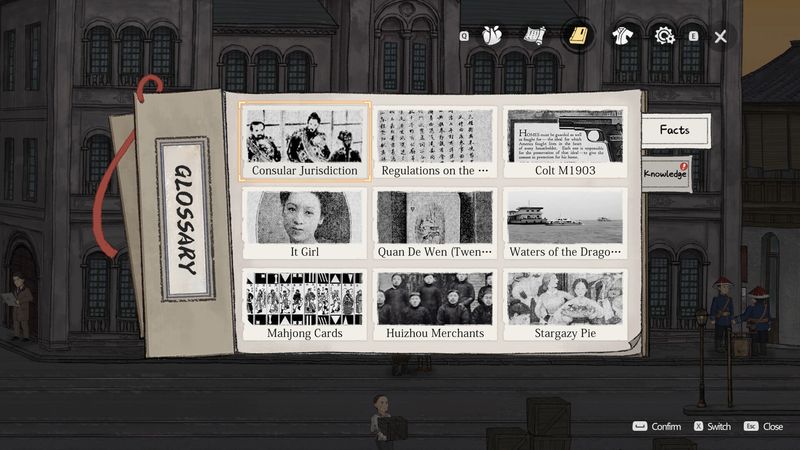
 The challenge level suits every player. It offers intricate puzzles, timed interrogations, and exploration tasks. Difficulty spikes feel fair and rewarding.
The challenge level suits every player. It offers intricate puzzles, timed interrogations, and exploration tasks. Difficulty spikes feel fair and rewarding.
 As puzzles grow more complex, the game remains accessible for those who prefer methodical, step-by-step investigations.
As puzzles grow more complex, the game remains accessible for those who prefer methodical, step-by-step investigations.
 Strategic puzzles and evidence gathering keep the focus on mental agility, and every challenge contains multiple layers, making victory all the sweeter.
Strategic puzzles and evidence gathering keep the focus on mental agility, and every challenge contains multiple layers, making victory all the sweeter.
 The game supports varied approaches: I can take a careful route or race through cases with refined strategies. Both methods deliver a satisfying sense of accomplishment.
The game supports varied approaches: I can take a careful route or race through cases with refined strategies. Both methods deliver a satisfying sense of accomplishment.
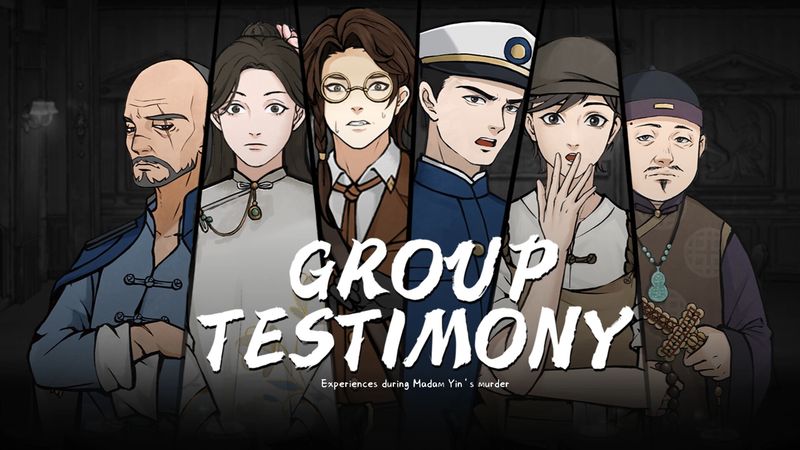
 On replay value, Murders on the Yangtze River impresses. Hidden branches, extra collectibles, and varied dialogue options invite multiple playthroughs, keeping the experience fresh every time I return to the case files.
On replay value, Murders on the Yangtze River impresses. Hidden branches, extra collectibles, and varied dialogue options invite multiple playthroughs, keeping the experience fresh every time I return to the case files.
 Secrets always await discovery. Unlockable side quests and hidden achievements encourage thorough exploration, which I really enjoy.
Secrets always await discovery. Unlockable side quests and hidden achievements encourage thorough exploration, which I really enjoy.
 Branching narratives mean every replay reveals new perspectives. The layers of content ensure there’s always more to unravel.
Branching narratives mean every replay reveals new perspectives. The layers of content ensure there’s always more to unravel.
 For efficiency lovers, each replay lets you optimize your approach. I shave off seconds from my completion time while still appreciating the evolving narrative.
For efficiency lovers, each replay lets you optimize your approach. I shave off seconds from my completion time while still appreciating the evolving narrative.
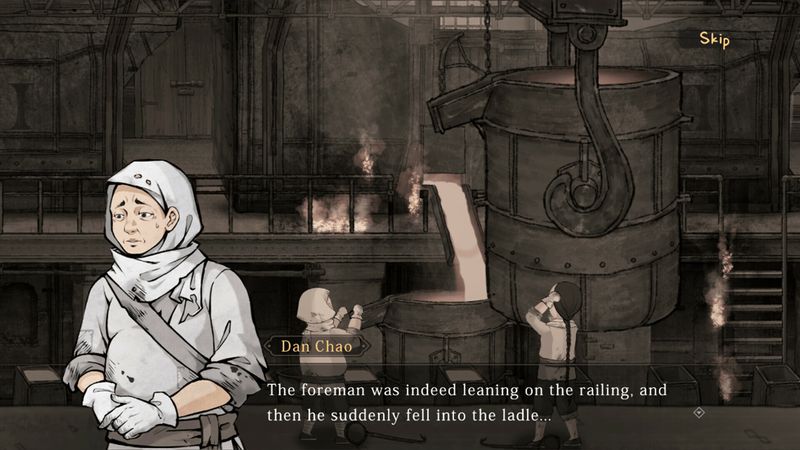
 All things considered, Murders on the Yangtze River by OMEGAMES Studio truly shines in the detective genre. Not only does it deliver strong storytelling, detailed art, and engaging puzzles, but it also welcomes a wide range of players. If you’re hungry for more mystery-driven experiences, you might want to explore titles like Ace Attorney: Investigations, which brings courtroom drama and intricate puzzles into the mix. On the other hand, L.A. Noire plunges you into a richly detailed world where immersive crime-solving takes center stage. For something more experimental, check out Her Story, which uses video interviews to create a modern, interactive narrative. And don’t overlook Danganronpa, where mystery meets dark humor in a uniquely challenging environment. Each of these games puts its own spin on detective work, so there’s plenty here to keep your sleuthing skills sharp—and your library well-stocked.
All things considered, Murders on the Yangtze River by OMEGAMES Studio truly shines in the detective genre. Not only does it deliver strong storytelling, detailed art, and engaging puzzles, but it also welcomes a wide range of players. If you’re hungry for more mystery-driven experiences, you might want to explore titles like Ace Attorney: Investigations, which brings courtroom drama and intricate puzzles into the mix. On the other hand, L.A. Noire plunges you into a richly detailed world where immersive crime-solving takes center stage. For something more experimental, check out Her Story, which uses video interviews to create a modern, interactive narrative. And don’t overlook Danganronpa, where mystery meets dark humor in a uniquely challenging environment. Each of these games puts its own spin on detective work, so there’s plenty here to keep your sleuthing skills sharp—and your library well-stocked.

